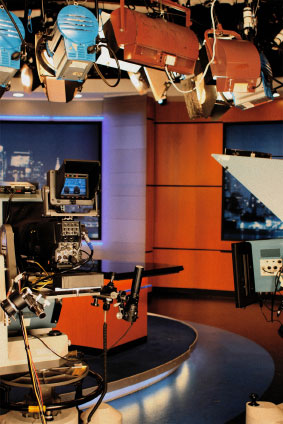News Environment
Journalists take their responsibility to keep the public informed during a crisis situation seriously. At the same time, they work in a commercial 24-hour news cycle that creates enormous pressure to get the news out before their competitors. This translates into tremendous demand for information, even before all of the facts of the emergency are known. They are under pressure to:
- Be the first to “scoop” a story
- Meet tight deadlines
- Fill Twitter feeds, online news sites, newscasts, and newspaper pages
- Offer news stories that draw attention and interest

Strategies
You will be more effective at getting your key messages in the media if you acknowledge these pressures on journalists and help them meet their needs:
- Provide fair access to information. Release new information to all media at the same time using pre-established e-mail lists, social media feeds, and onsite media opportunities (including teleconferencing so that media away from the event can attend). Especially during the first critical hours or days of an emergency, do not play favorites; equal access to information is imperative.
- Respect deadlines. Learn when news outlets have their deadlines and work to accommodate them. Hold briefings, send press releases, and return media phone calls in time for journalists to make their deadlines.
- Factor in time and space limitations. News outlets—especially television and radio—have a very limited amount of time or space to devote to a story. Typically, TV news devotes twelve seconds or less of coverage from any single source of information, and print media devote thirty or fewer words. That means you need to keep your key messages brief. The short format of commercial news favors sound bites, so develop colorful, quotable snippets that are eight seconds or less.